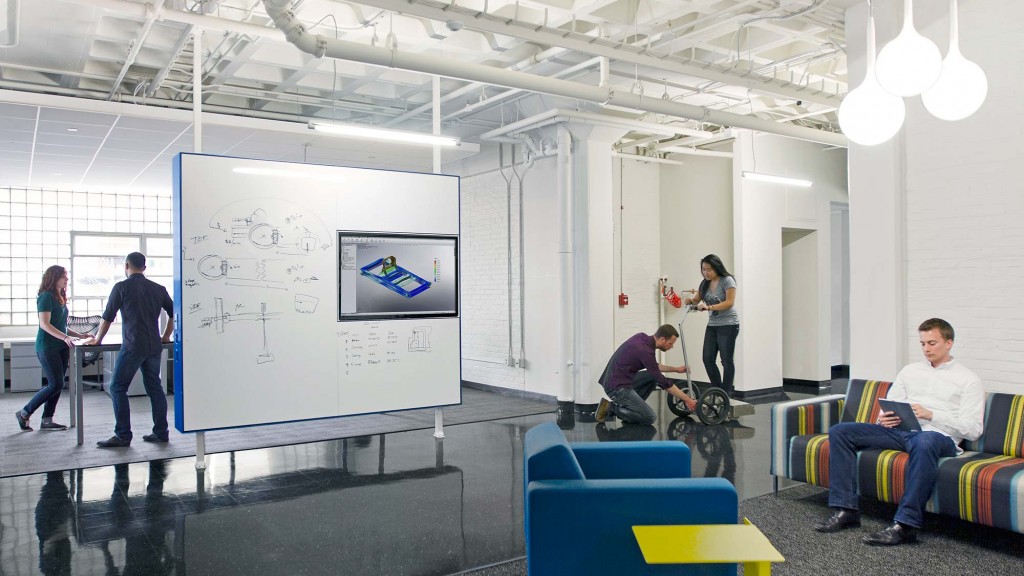Are educators and students on the same page?
The Dynamics of Place in Higher Education
What We Did
We hosted seven roundtable discussions with university administrators, educators, and students from 43 institutions in the United States and United Kingdom. Our team and practice area leaders hosted these discussions in New York, London, Los Angeles, Houston, Chicago, Dallas, and Washington, DC. Following the roundtables, we conducted a survey asking respondents to identify the top trends impacting the teaching/learning experience, the most effective approaches to pedagogy, and the types of spaces that can improve the learning environment.
The Context
Ever-evolving technologies, escalating costs, and increased student diversity are converging on college campuses and changing students’ expectations for what the college experience should look and feel like. Students are imploring universities to modify pedagogy so that classes focus on collaborative learning and one-on-one interaction instead of lectures. As a result, administrators and educators are rethinking the one-size- fits-all classroom model and evaluating what types of spaces effectively support collaboration and help students and faculty engage in transformational learning.
The Results
Students want the classroom to be a space where teachers facilitate learning, and they see every person as an educator, while many educators and administrators remain devoted to traditional teaching paradigms and the lecture format. Participants agreed that a multi-modal pedagogy—one that blends several teaching methods and integrates technology—is the most effective teaching/learning method.
This fits with calls from students to incorporate collaborative learning, and from educators to integrate traditionally separated academic disciplines. Outside the classroom, students continue to crave meaningful face-to-face interaction with educators and one another, even as their social lives migrate online. Escalating costs remain a top concern for administrators and educators as students and their parents look for greater returns for their education dollars.
What This Means
Nontraditional pedagogy requires nontraditional learning spaces. Classrooms are only one facet of a college campus. Students and educators are currently using in-between spaces such as lounges, courtyards, and atria to interact with and learn from each other. These spaces can be improved and expanded upon.
The one-size-fits-all lecture hall is becoming obsolete. These spaces lack flexibility and inhibit one-on-one interaction. Classrooms need to support various pedagogies and types of learning.
Campuses must be designed as live social networks. Campus design can play a vital role in facilitating interaction between academic departments, between students and educators, and between individuals and groups of students.
Designing to student and educator needs improves value and reduces costs. Flexible classrooms, better use of in-between spaces, and smart use of online learning to complement face-to?face, facilitated learning models can deliver added value while reducing costs.
What’s Next?
Our findings drove discussions on how universities can reduce costs while presenting a college experience that falls in line with student expectations. Evaluating the types of spaces that improve learning environments is critical to this process. We believe campuses best serve students when they consider the new and diverse ways that students access information, study, and interact with educators and each other. To better understand this, we designed a survey to understand how students are using on-campus spaces, and how effective those spaces are.
Learn More
Team
Maddy Burke-Vigeland, David Broz, Mark Thaler, Christine Barber, Kimberly Hickson, Tony LoBello, Mark McMinn, Maria Nesdale, Omar Quesada, Amanda Ramos, Shannon Rydell
Year Completed
2011
Comments or ideas for further questions we should investigate?
